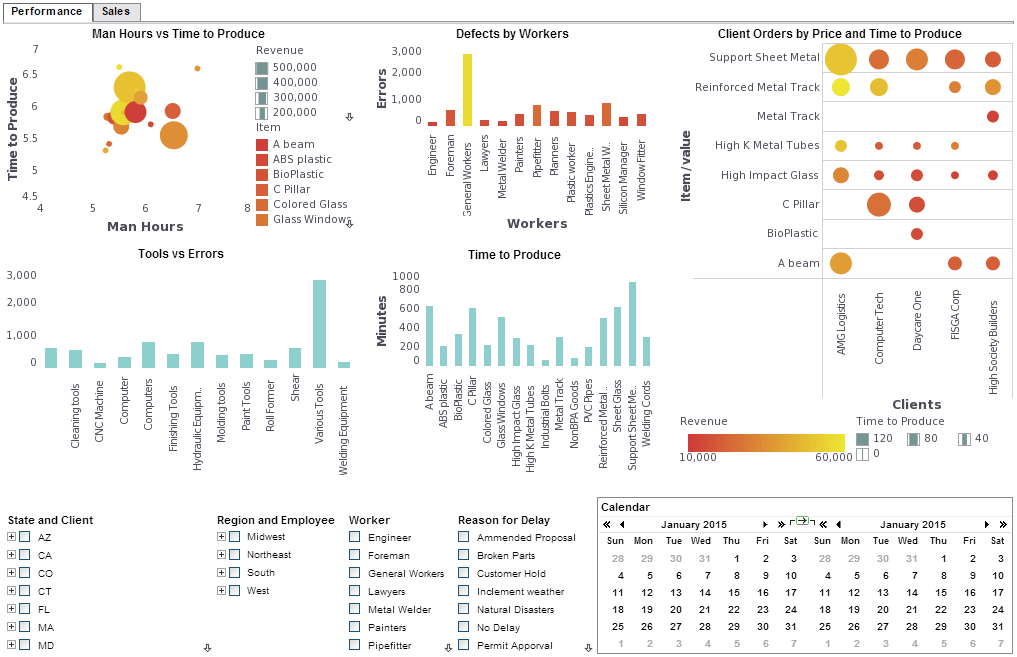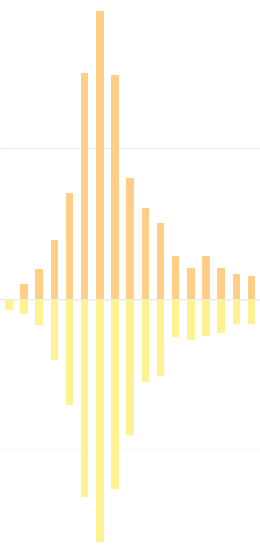InetSoft Webinar: Enabling Big Data for Customer Use
This is the continuation of the transcript of DM Radio’s program titled “The Consumerization of Business Intelligence: How and Why.”.
Francois Ajenstat: Well, I mean, I think Byron said some really insightful points there. There are definitely a lot of cultural aspects of IT letting go of the front-end aspect and really focusing on the data infrastructure. But there is a kind of an interesting parallel of consumerization when it comes to the data layer. When we talk about Big Data, a lot of times we just talk about the data volumes or things like Hadoop. But the reality is that there is now a growing number of data sources that customers are deploying, whether it's the Hadoop stack or the NoSQL Stack or the Cloud data sources.
There is no longer just one single version of the truth; it's actually multiple versions of different data sets that could be used to get to the truth. And one insight that I had recently, and the way Byron said it, he said something like it's about being in the moment, or I forget exactly what your quote was Byron, but I am seeing a lot of cases where people are now storing data without really knowing what it's going to be used for. You are using things like Hadoop and just bringing all that data together in Hadoop because maybe at some point in the future, it will be used to do something or another, but we don’t know what yet. So rather than just getting rid of it or building the schemas, let’s just store it all and then let the users explore that data and find the insights when they have a question and that data can become helpful. And again, it's a paradigm shift, but just like what we talked about on the consumer side, on the back-end side, there is also this new change that’s happening where people are letting the data be free rather than locking it down into schema and having all this process around it.
Eric Kavanagh: Yeah, that’s exactly right. And with that, let’s bring in Tracie. What are your thoughts on enabling the data layer?
Tracie Kambies: Well, I think one of the big things I would just draw attention to is it's not about the tools, right? They don’t want to be the fool with the tool, where you don’t have any value coming out of it. While architecture matters, I think that we have got to continue to focus on the value and really making our decisions around architecture, around the insights that we are trying to drive out of it. And that doesn’t mean over-thinking it either. I think Francois’s point is right on the money. It's opening it up so that the people who are really going for the insights have that ability to use the data. And like Byron said, it's about the trial and error, the agile approach to using the data and making that data available. Don’t just focus on going after a tool.
I think that there is a cultural shift that needs to happen in the organizations, particularly the IT organization as Byron and Francois both alluded. And that change is making it okay to prototype, not solving the whole problem with the big bang approach. When you have small pieces, small chunks, people digest it better. I think there is a lot of correlation, that people can digest things better when they’re in smaller quantities. And I think that this same concept applies to the data layer of the solutions as well the end-user layer; the small chunk approach and taking in small bites.
Justin Kern: So Tracie, are you seeing a particular industry or maybe even just kind of a general department across business that is doing a better job of that than others, one that’s leading the way?
Tracie Kambies: You know, the FSI industry or the Financial Services Industry has really been a big adopter of the data, I mean because they have had so much data about their end consumer for so long but have also had to protect that and make it private. And so they have really had to approach it in small pieces, being very specific in protecting the data as they go along and building the architectures to support that, to keep things secure but also generate the insights that the banking or insurance providers need to help them make decisions and bring the right products to the consumers. So I think that that industry has been doing a lot of great things. They have always been a very data-intensive industry, right? And so, I think they have really approached it very well. They focused on governance early on, they focused on privacy early on, but they have also focused on how to deliver it faster to the end consumers of their data.
I think the growing in trends that we are seeing is happening in the consumer products and in retail industry, but they have not necessarily been behind. They have lagged a little, but they are coming up pretty fast because I think that the end consumers, the marketplace is demanding it, and they can no longer just rely on their mode of operation. So I think those are two industries. We are going to see a lot of innovation I think, still coming out of those industries and a lot of leveraging of the innovation platforms that are out there to really propel these industries into the next generation of BI.
 |
Read the top 10 reasons for selecting InetSoft as your BI partner. |


